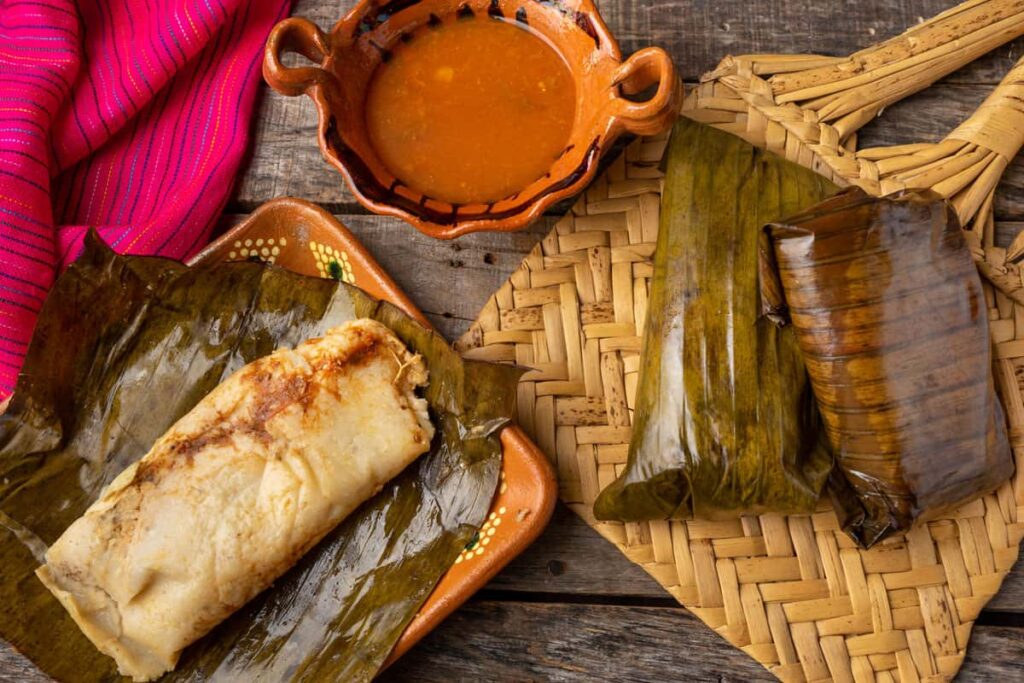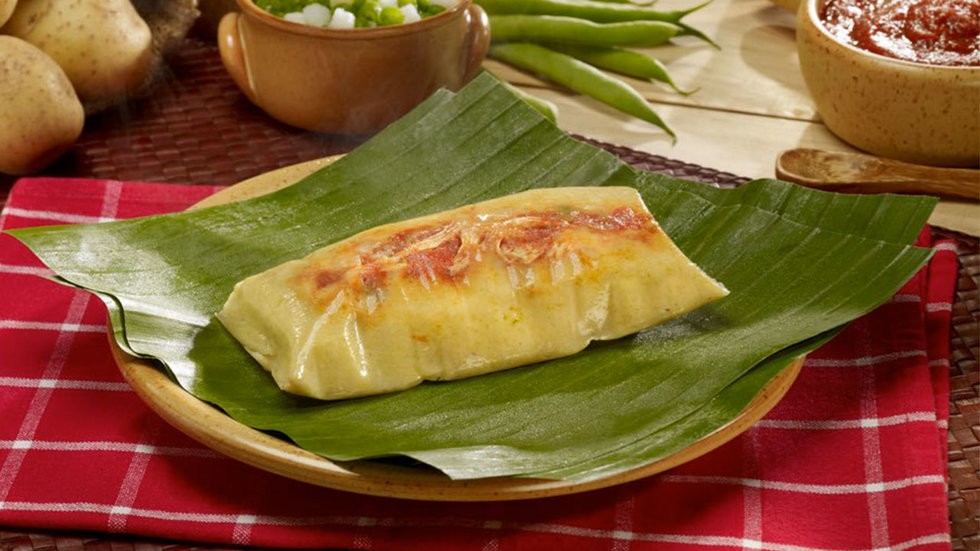Tamales, these delightful small bundles wrapped in either corn husks or banana leaves, hold a significant place in holiday traditions within the Latin community. As the 3rd International Tamale Festival in Long Beach approaches, we’re excited to delve into a brief history of tamales and explore the different preparation methods across various regions in Latin America.
Tamales consist of masa, or dough, stuffed with a diverse range of fillings, spanning meats, vegetables, cheeses, sweets, and an assortment of ingredients, offering a flavor spectrum that can be either sweet or savory.

The origin of tamales can be traced back to the pre-Colombian era. The word “tamal” finds its roots in the Nahuatl term “tamalli,” signifying “wrapped.” Throughout history, tamales have held a sacred significance in indigenous communities, as many believed human beings themselves were made of corn, which is what most masa is made of. To this day, the tamale remains an integral part of the Latin community and has become a representation of heritage that weaves together stories of traditions, family, and the enduring legacy of food that spans across generations.
Various regions have distinct approaches to preparing tamales, but each offers a unique take on this beloved dish. Here are a few ways tamales are prepared across different parts of Latin America.
Mexico

In Mexico, green and red tamales reign supreme in the country’s culinary landscape. Green tamales are often made with tomatillo salsa and chicken, while their red counterparts are made with ancho chile sauce paired with pork or beef. Mexican tamales are encased in corn husks and are normally cooked by steaming them in a large pot.

Venturing further into Mexican tamales, tamales Oaxaqueños emerge as a beloved specialty originating from Oaxaca. Here, banana leaves replace corn husks, imparting a subtle sweetness to these tamales that are filled with rich mole sauce and shredded chicken. Tamales Oaxaqueños use banana leaves because they are commonly found in Southern Mexico, Central America, and South America, whereas corn husks are more prevalent in Northern Mexico.
Guatemala

Guatemala boasts its own distinctive tamale culture. The tamale colorado is a popular tamale of the region, enveloped in large banana leaves and consisting of masa, chicken (or pork), and a savory tomato sauce known as recado. This Guatemalan delicacy follows a two-step cooking process: initially, the dough is boiled until it achieves the desired texture. The dough is then stuffed with meat and sauce, wrapped in banana leaves, and steamed until cooked. Tamales colorado are often garnished with green olives and sweet red peppers.

Paches, another Guatemalan specialty, are tamales that replace the commonly used corn masa with a potato-based dough. This tamale gets its name from its unique flattened shape; in Guatemala, the term “pache” refers to something that is flat or outstretched. These flattened potato tamales are often filled with meats and recado sauce and then steamed in banana leaves. Guatemalan tamales are often accompanied by a dash of lime and a slice of the customary pan Francés, a traditional Guatemalan bread.
Colombia

A popular tamale from Colombia is the tamale tolimense, originating from Colombia’s Tolima region. Unlike the conventional rectangular shape, these tamales adopt a spherical form. This tamale can be filled with a combination of chicken, pork, boiled egg, carrots, peas, potatoes, and rice. In Bogota, the capital of Colombia, these tamales are commonly made with rice dough instead of the customary corn flour. During December festivities, tamales tolimenses are often served alongside white arepas (bread) and accompanied by a comforting hot beverage like hot chocolate.
Honduras

Nacatamales are one of the quintessential tamales of Honduras that are known for their exceptionally moist texture. These tamales are boiled in banana leaves and have fillings that range from meats, raisins, prunes, green olives, capers and sliced hot chilies. Nactamales are distinct in their masa as well, with ingredients ranging from milk, bacon, mashed potatoes, or sautéed onions to enhance the richness of the dough. Just like Guatemalan tamales, limes are often served with the dish.
Venezuela

Hallaca is a traditional Venezuelan tamale composed of a flavorful guiso, or stew, made of beef, pork, or chicken, and is combined with raisins, capers, olives, bacon or slices of red and green bell peppers. The hallmark of hallaca lies in its preparation, featuring masa infused with consommé, or broth, and lard for added richness. The masa for hallacas is similar to the dough used for arepas, which is a popular cornmeal dish in Venezuelan (and Colombian!) cuisine.
El Salvador

Tamales Salvadoreños, or Salvadorian tamales, feature a masa that is often enriched with a pepper called achiote, giving them their characteristic reddish hue. The filling typically consists of chicken or pork, chickpeas, potatoes, carrots, and bell peppers. Salvadoran tamales are often accompanied by cabbage curtido (slaw), and some people even like to eat them with tomato sauce, just like they do with pupusas.
Peru

One of Peru’s popular renditions of tamales is known as humitas, which can range from a sweet to savory flavor profile. Humitas are actually consumed in many parts of South America, but Peru has their own popular sweet variation. Humitas dulces, a traditional Peruvian dessert, are prepared in corn husks and are typically crafted from a blend of corn, evaporated milk, sugar, butter, raisins, and cinnamon. While commonly savored as a sweet treat, they also make a delightful addition to breakfast fare.




